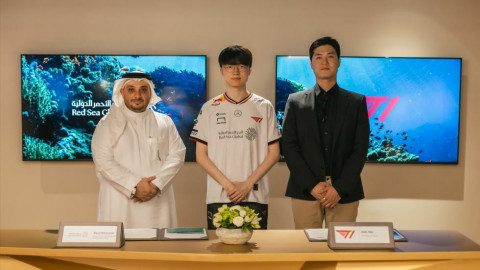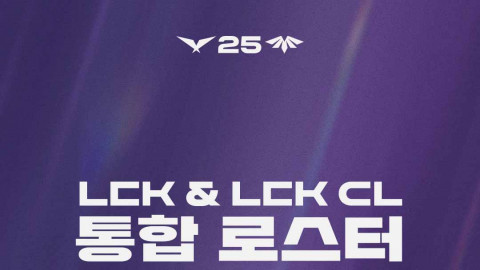Today, game localization is a hot topic for every game developer company. Surely, it’s great if the game is well-received by the English-speaking audience. However, not everyone in the word is an English speaker. There is a variety of languages, and the company which misses the point may lose a significant part of a market share. Games with successful localization have larger sales and more downloads, as they make the gamers feel important. Also, when you localize, you win a battle in a tough, saturated market and save yourself from public embarrassment caused by bad translation. Let’s look at how the games are localizing today.

- Relevance. Successful, top-tier localization appeals to the local audience. It concerns the difference in cultural knowledge. For example, a recent Yakuza game may not be understood for those uninterested in Japanese culture. Thus, game localization requires giving background on the Japanese mafia. Another example may be dragons, which are widely used by Western developers to show fierce and aggression. In China, these creatures would confuse people, as the beasts associate with good fortune and luck.
- Natural dialogues. If you do not want to find your game on Youtube video with “10 top game translation blunders,” you should know how people speak in the target country. Finding native speakers through the The Word Point may be an excellent choice for your gaming business. The gamers value full immersion and don’t want to stumble through clumsy dialogues.
- Subtitles or dubbing? Many argue that with subtitles, it is easier to immerse fully into the game atmosphere. While the Chinese prefer subtitles, the Spanish prefer dubbed games. Thus, you never know until you research. Mind your target audience and make the right choices.
- Flexible design. Some parts of localizing may require to change the whole game interface. For example, you may want to introduce different units for special characters or symbols, create more space for dialogues or change formats of time. To do this, you need game design flexibility.
Surely, it’s hard to perform all of the above without the professional translators’ help. They have special education and in-depth cultural knowledge. Luckily, there are many companies on the market ready to help you tailor your game to any audience. Here are some suggestions.

It is a favorite in the gamedev community, which really says something. The fact that localizable strings are stored in a Google Spreadsheet that can be reloaded while your game is running is probably no stranger to that.
2. SmartLocalization
Even though development was discontinued earlier this year, this asset remains pretty practical and popular. It allows creating your folder structure for different languages, as well as import and export your files. The machine translation feature can also serve as a way to test your UI and spot problems with the length of text.
3. Polyglot
The main point of this tool is an accurate and impeccable translation of online apps, software, and of course, games. They cover dozens of world languages and offer help with interface strings and documentation, websites, and marketing texts. The 360-degree service is the company’s advantage. It localizes all types of games, be it mobile, browser, or desktop ones. It may also help with video and audio content, which you may need to translate.
4. SmartCAT
It has all the main features one expects from a translation tool that includes translation memory, workflow, glossary, ability to restrict access to source files. Without all the cumbersome settings and functions nobody really uses for game localization. It’s cloud-based, which means your team can access your localization project from anywhere. All you need to do is assign everyone a role, invite them and they’re good to go.
5. Crowdin
With this platform, one can easily set up and automate the whole process. To crowdsource translations upload your files, invite fans to translate, and allow them to vote for the best translations. It allows you to set up integration with GitHub, GitLab, Bitbucket, Android Studio, Google Play, and more to automate the synchronization of source and localized files.
To sum up, localization approaches are the same everywhere. Still, the companies which provide services have different features. If you are unsure of the market segment and the gamer’s culture, say, in Russia, it’s obvious you should have professional help. Still, if you have creative and skillful translators up your sleeve, do not forget about relevance, flexible design, and natural dialogues. There are many other factors to consider: different cultures, languages, dialects, slang, and different censorship laws. These key features will make your game language sound like a native. By the way, when choosing your localization services, make sure that natives are there.
Henry Mcdowell is a language expert who specializes in translation. He is keen on learning new languages in travels, small talks with locals, playing games, and watching films and serials. Having a translation academic background, he enjoys blogging about his experiences.
-
 Guest Reporter
Guest Reporter
Sort by:
Comments :0





